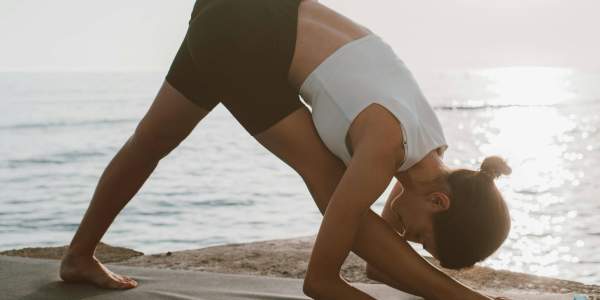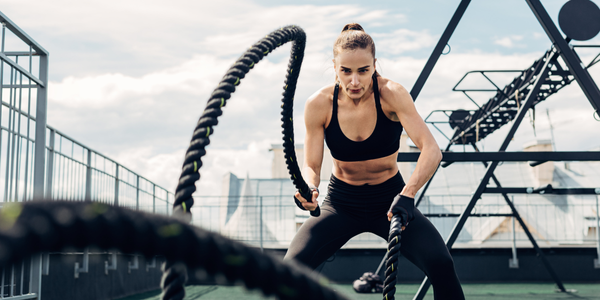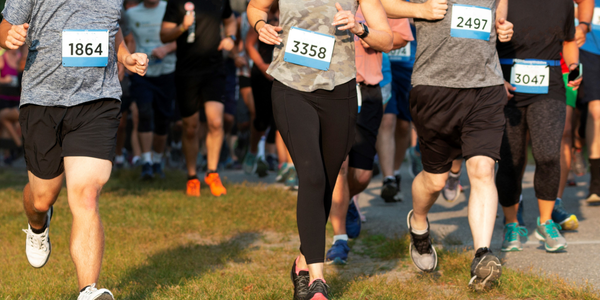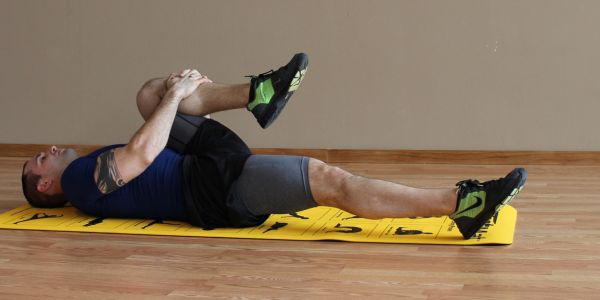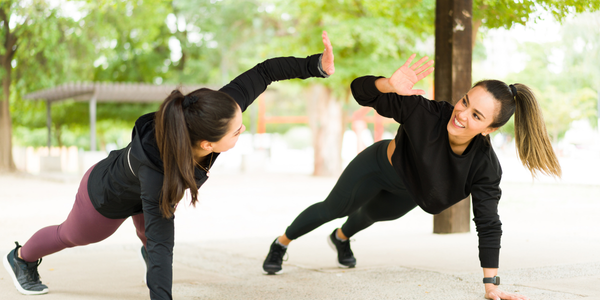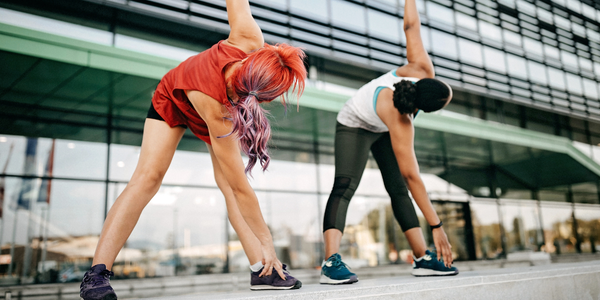Flexibility, along with strength, cardio, and balance, rounds out a solid fitness lifestyle. A well-stretched muscle is more likely to achieve a full range of motion, which can improve athletic mobility and performance as well as daily functional activities, such as bending, reaching, or stooping.

The Benefits of Balance Exercises and Flexibility in Daily Life
Integrating balance and flexibility exercises into your daily routine offers a multitude of benefits that can enhance both your physical stability and coordination. These types of exercise are essential for maintaining a strong foundation, especially as we age. By practicing simple standing positions, such as the tree pose or single-leg stands, you engage your core muscles and improve your ability to stabilize yourself on one foot. Imagine trying to pick up a dropped item while balancing on one leg; having strong muscles and good coordination can make this task feel effortless rather than precarious.
Incorporating these exercises can significantly reduce the risk of falls and injuries, which is particularly important for busy professionals who may not have time to recover from an injury. For example, using a bosu ball during your workout can create an unstable surface that challenges your balance, making your body work harder to maintain stability. This not only builds strength in your legs and core but also enhances proprioception—your body’s awareness of its position in space. With improved balance, everyday activities like navigating stairs or running errands become safer and more manageable.
Another notable benefit of balance and flexibility exercises is their impact on athletic performance and overall daily activities. Whether you’re a seasoned athlete or a fitness beginner, incorporating these exercises can lead to better performance in sports and recreational activities. Enhanced flexibility allows for greater range of motion in your joints, reducing muscle tension and increasing efficiency during workouts. For instance, performing hip flexor stretches can greatly benefit runners by allowing for a fuller stride, while also alleviating tightness that may arise from prolonged sitting.
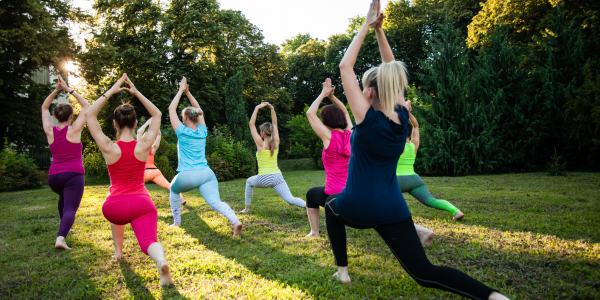
Balance and Flexibility Training
The best time to work on flexibility is when the muscles are already warm. Hitting up a stretch session after a cardio or strength workout would be a perfect time.
Stretching
Grab a mat and work through a series of moves that stretch each muscle group for at least a minute and a half.
Foam Rolling
Foam rollers work by applying pressure to targeted muscle groups and help to restore the body back to normal function after strenuous activity. The pressure helps to break down the knots in the tissue, improving tightness and allowing for greater mobility range.
Yoga or Pilates
A class or session that integrates muscle flexibility within the workout is another great option to keep on top of muscle care.
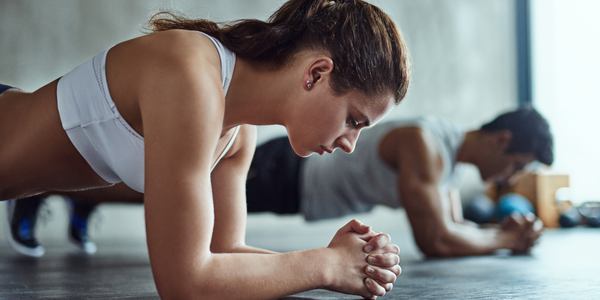
What Happens During a Flexibility Workout
Flexibility has a lot to do with how your muscles can move. When we are sedentary, our joints settle into a limited range. In addition, the normal aging of tissues leads to a lack of moisture in our muscles and can inhibit the body’s movement. During a session of flexibility movements, you not only increase the elasticity of healthy muscle tissue, but you stimulate connective tissue and improve joint lubrication.
Why We Need It
When you improve flexibility, you improve your mobility. Flexibility is the action that allows muscles to stretch while mobility is the ability to move freely within your joints
Flexibility Training has many benefits: Increased movement and improved posture Improved physical and mental relaxation Reduced muscle soreness and tension Lowered injury rates How often to see results? All major muscle-tendon areas can be stretched at least two to three times a week, but if you have a problem area, such as tightness in your back or hamstring, you may want to stretch every day or even twice a day.
At Home Flexibility Training
Sometimes the hardest part of a fitness routine is coming up with a practical set of exercises. Our self-guided products, such as the SMART Mat and the SMART Recovery Foam Roller, have the exercises printed right on the product so you’ll never be guessing.
Stretching Exercise for Back
Cat Stretch/Cow Stretch: On all fours, round your back toward ceiling. Next, arch your back and lift your head and tailbone to the sky.
Foam Roll Exercise for Back
Mid and Upper Back Release: Put the foam roller on the floor and position your body so the foam roller is applying pressure to your back muscle. Using your feet to secure your balance, gently roll back and forth.
These trunk releases will help improve posture and movement in the rest of your body.
If you need some inspiration, follow the links for our short video workout that you can follow along.
Stretch Sequence with the SMART Mat
Foam Roll Leg Session with the SMART Recovery Foam Roller
Sun Salutation Sequence with the SMART Mat

